|
- written by Jeanne Doan, Assistant Director
The Warren County Historical Society began 2019 with lots of plans: a series of Lunch and Learn presentations, new programs, and traditional events. Then came Covid-19. No one predicted what a dramatic effect it would have. At the time of the shutdown, the Archaeology and Native American Artifact room, on the ground floor of the museum, had become a depository for overflow from other storage spaces. During the shutdown, volunteer time was used effectively to clean and reorganize multiple storage spaces. The now clutter-free artifact room badly needed a make-over. Damp, dark, and outdated, the room cried out for help. Enter Mr. Doug Baird, a specialist in fossils and Native American artifacts. After inspecting all the artifacts in the display cases and boxes in the vault, Mr. Baird informed us that WCHS has "the finest collection of fossils and Native American artifacts I have seen outside of the Smithsonian." WCHS staff and volunteers have been working hard to clean, repaint, and rearrange. Display cases were resurrected from the basement of Glendower. Mr. Baird and his assistant sorted and relabeled the artifacts. The project was completed late November. We want to extend our thanks to everyone who has been key to this transformation. The Harmon Museum looks forward to unveiling our new comprehensive display honoring our ancient Ohio beginnings.
0 Comments
“No man is good enough to govern any woman without her consent.” Susan B. Anthony 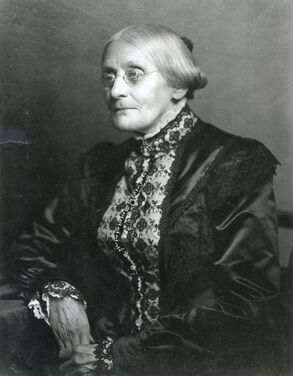 Susan B. Anthony was the daughter of Daniel and Lucy Read Anthony, Quakers and political activists in the abolitionist movement. After the family moved to Rochester, New York in 1845, Anthony would meet William Lloyd Garrison as well as anti-slavery activist and escaped slave, Frederick Douglass. Douglass would later join Anthony in the quest for women's equality. Anthony was a prominent player in the Temperance Movement, going so far as to take an axe into bars to destroy the barrels of alcohol, which got her arrested on several occasions. When she was denied the chance to speak, at a Temperance Movement rally, because she was a woman, Anthony took her attention to a new cause, women's equality. In those days, women were – for the most part – considered property. To fight against the status que, Anthony joined forces with Elizabeth Cady Stanton and the pair became a driving force in the suffrage movement. Under heavy opposition, they traveled across the country giving speeches and inspiring women - and men alike - to support the cause. In 1869, they founded the National Woman Suffrage Association and later, the American Equal Rights Association, an organization for white and black women and men dedicated to universal suffrage. On November 1st, 1872, Anthony, Stanton and two others, registered to vote at a barbershop in Rochester, NY, becoming the first women to do so. How'd they do it? Well, Anthony threatened to sue the registrars personally if they didn't let them. On Election Day, the ballots were secretly cast (the ladies dressed as men). Two weeks later Anthony was arrested and fined $100, which she refused to pay – and never did. "The only chance women have for justice in this country is to violate the law, as I have done, and as I shall continue to do." "To think, I have had more than 60 years of hard struggle for a little liberty, and then to die without it seems so cruel." Susan B. Anthony passed away, in 1903, at the age of 86. She would never see the culmination of her life's work. It'll be another 17 years before the 19th Amendment grants women the right to vote in the US. On November 2, 1920, more than 8 million American women exercised that right. We're still working on true equality in this nation but, thankfully, are a far cry from women being considered property. The strides toward equality that have been made are, in large part, thanks to Anthony and the other brave women and men that fought, tirelessly for those strides. Now, every time a woman votes, holds political office or manages her own finances, she is doing so – whether she is aware or not – in the spirit of Susan B. Anthony. -Nathaniel Grauwelman is the Marketing Manager and a staff writer of the blog for WCHS. Today (June 8th) in 1867, American architect, interior designer, writer, and educator, Frank Lloyd Wright was born. Even while his mother carried him, she believed he would become an architect. Little did she know, he would go on to become one of the most brilliant and sought after in American history, even being named the American Institute of Architects’ “greatest American architect of all time.”
During his career, spanning over seven decades, Wright designed 1,114 architectural works (532 were realized) including Falling Water, Taliesin West and the Guggenheim Museum. Warren County actually boasts one of Wright's designs as well. "I believe in God, only I spell it Nature." Wright had a spiritual and romantic view of nature. This philosophy was the basis of all his work and can be seen throughout his designs. "The good building is not one that hurts the landscape, but one which makes the landscape more beautiful than it was before the building was built." In a time of heavy pollution due fossil fuel emissions, destruction of once preserved land for immediate gain, floating islands of trash in the ocean, and the of re-evaluation of what constitutes an "endangered species," Wright's views and designs are more relevant than ever. "Study nature, love nature, stay close to nature. It will never fail you." Other Frank Lloyd Wright facts:
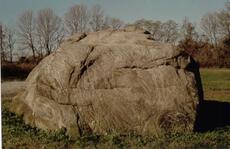 The rock on the grounds of Rock School in Warren County, Ohio is a glacial erratic rock that was deposited in Warren County when the glacier receeded. The rock is a metamorphic rock (a rock that went through changes to become a different kind of rock) and its scientific designation is gneiss (pronounced like the work nice). Gneiss rocks show bands of different minerals that make up the rock, or you could say it displays gneissic banding. |
AuthorVarious staff and volunteer writers. Categories
All
Archives
June 2024
|
Email: [email protected]
Wchs Office/Harmon MuseumTues - Sat: 10am - 4pm
Year Round |
1795 BEEDLE cABINPhone for hours
Year Round |
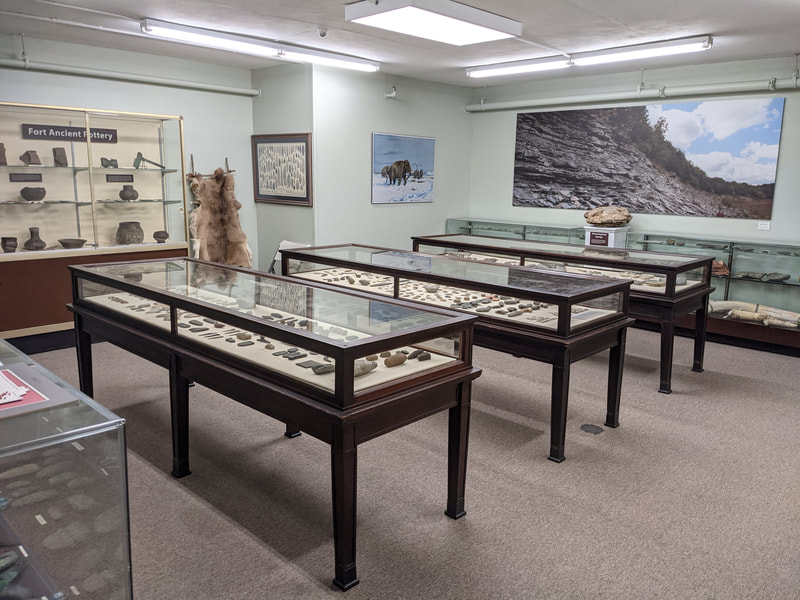


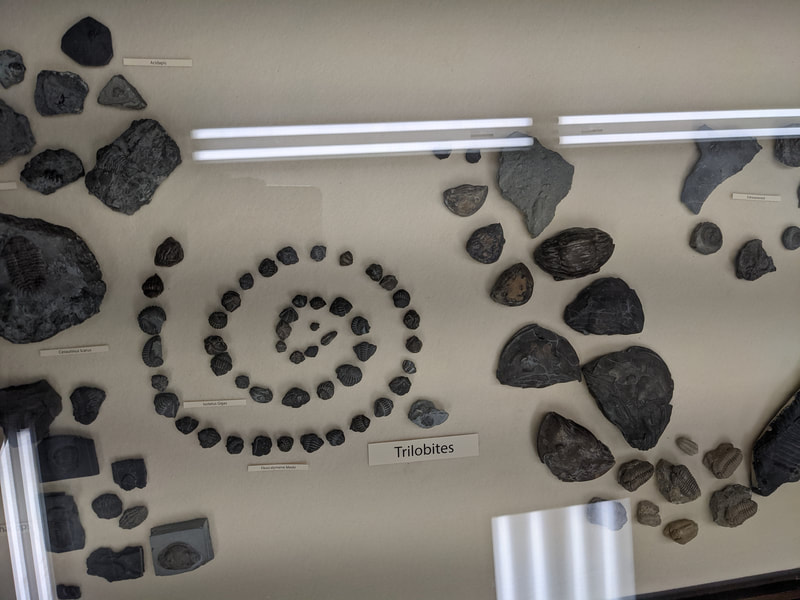

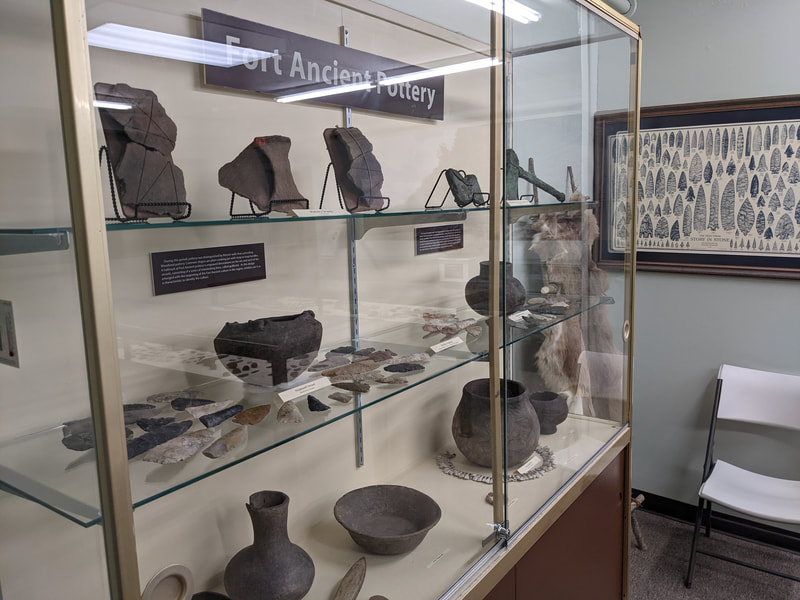
 RSS Feed
RSS Feed





